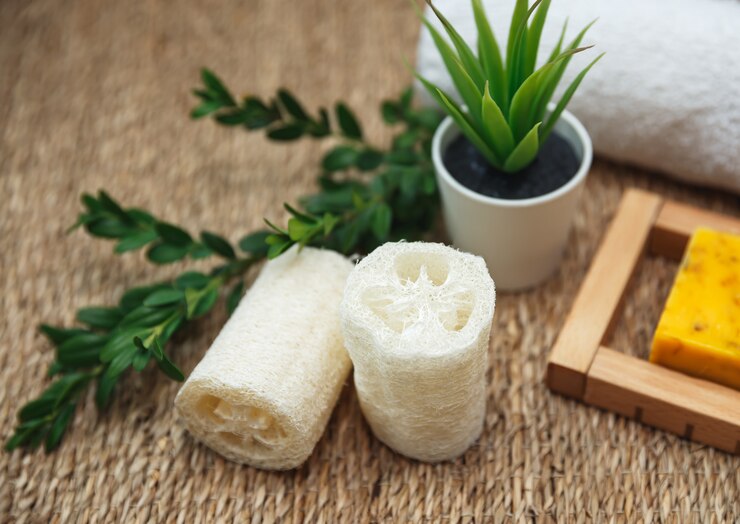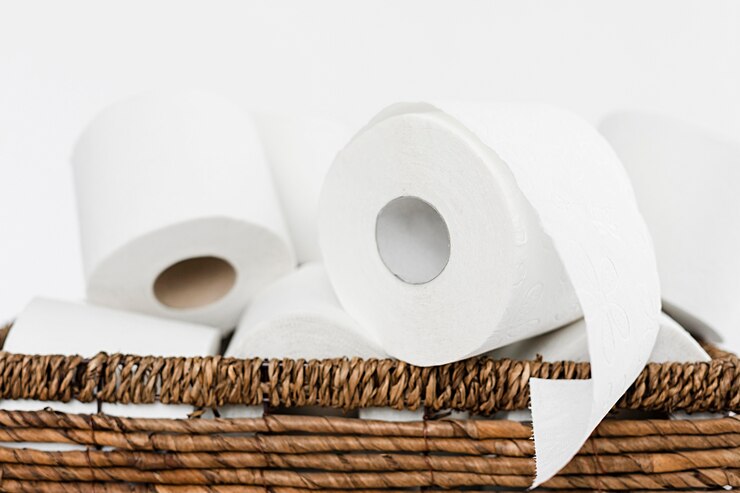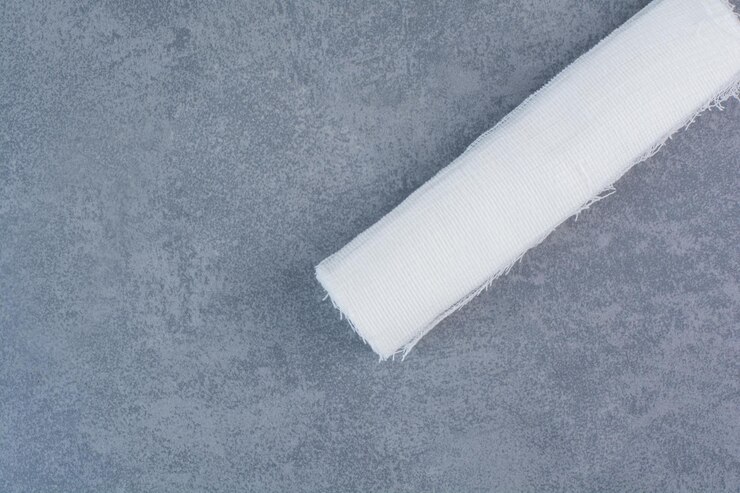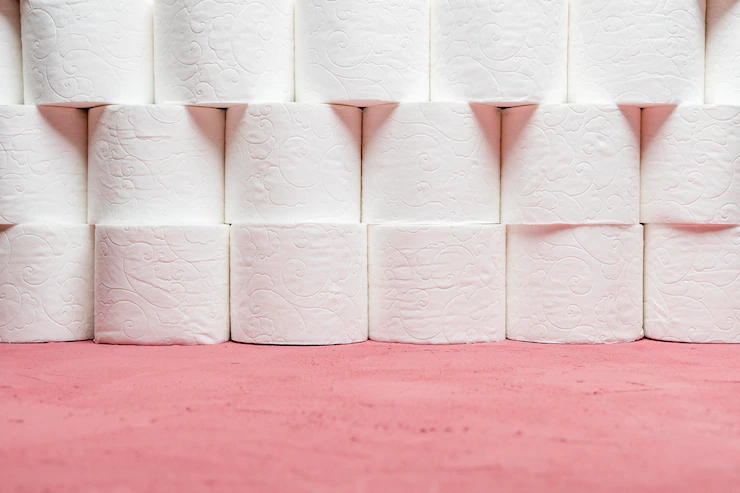Bamboo toilet paper is getting a lot of attention for being more environmentally friendly, but many people wonder if it is worth the switch. Is it really eco-friendly? How does it compare to traditional toilet paper? What about the cost difference?
These are common questions that consumers ask about bamboo toilet paper. Below, we offer helpful information that should answer most questions and help you decide if switching is for you.
How Eco-Friendly is Bamboo Toilet Paper?
Take a look at some of the ways that bamboo toilet paper is eco-friendly and may be a great option for your family.
1. Bamboo is a Sustainable Material

Traditional toilet paper is made from 70% hardwood and up to 30% softwood trees. These trees take many decades to reach maturity, and harvesting them disrupts the local environment and wildlife.
Bamboo, on the other hand, reaches maturity in a matter of weeks. It is the fastest-growing plant on Earth. It grows up to 35 inches per day, and self-regenerates from its root system. That means there is no need to ever replant bamboo or disrupt additional land. Bamboo is naturally a sustainable material.
2. Bamboo Produces Less Greenhouse Gas Emissions

Bamboo is a healthy grass variety that produces less greenhouse gas emissions than other types of trees. Compared to virgin forests, bamboo forests produce 30% less greenhouse gas emissions.
3. Bamboo Toilet Paper is BPA and Chlorine Free

Traditional toilet paper is made from paper that is bleached and treated with chemicals to strengthen and soften it. Long ago, elemental chlorine was used to treat toilet paper, but it has since been replaced by less toxic methods. Still, some toilet papers are treated with chemicals, such as bleach or BPA to get that white, soft paper that we all recognize.
Bamboo toilet paper is not treated with chlorine, BPA, or other harmful chemicals. It is 100% all-natural and is free from pesticides, dyes, fragrances, and potential allergens. It is a good alternative for individuals with skin allergies or sensitivities.
4. Bamboo Toilet Paper is as Soft as Traditional Toilet Paper

No one wants to use rough toilet paper, and that is a major concern among consumers considering bamboo toilet paper. But the good news is that bamboo toilet paper brands are increasingly finding safe and eco-friendly ways of making toilet paper softer and stronger than ever. Using longer fibers is one of the ‘tricks of the trade’ to keeping the paper soft and durable.
5. Bamboo is More Biodegradable than Traditional Paper

Not only is bamboo a sustainable material, but it is also highly biodegradable. All bamboo products are 100% biodegradable. That immediately makes bamboo toilet paper a more environmentally friendly option compared to traditional paper products.
This is important when you consider that the average consumer flushes 140 rolls of toilet paper per year! This is also helpful for the health of your septic tank since bamboo completely dissolves in water, which means there is no waste left to clog up your septic system or pipes.
As you can see, bamboo toilet paper is eco-friendly, safe, and convenient for most consumers. For those curious about just how environmentally friendly it really is, just take a look at the above.
Additional:
- How to Use Iron Clothes With Steam
- What To Know About Commercial Greenhouse Flooring
- Victoria Gerrard La Crosse On The Rise Of Eco-Friendly Consumer Products: How To Go Green Without Sacrificing Quality
- Sustainability Expert Vikki Gerrard La Crosse Explains How You Can Still Help Climate Change In Your Golden Years






















